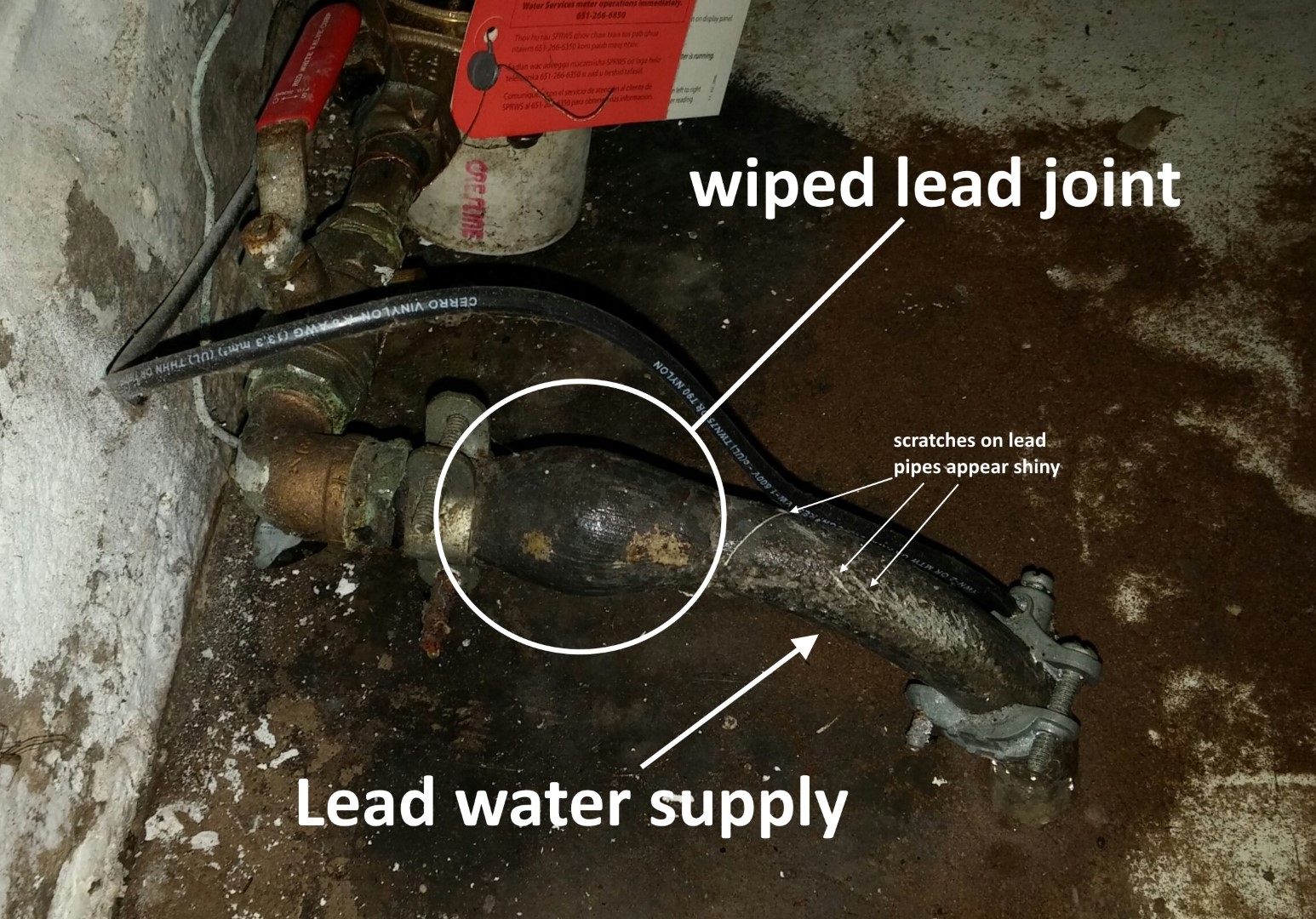How to Repair a Failed Lead Inspection Area: A Comprehensive Guide

Table of Contents
- What is a Lead Inspection Area?
- Causes of a Failed Lead Inspection Area
- Preparation is Key: How to Repair a Failed Lead Inspection Area
- Step-by-Step Guide on How to Repair a Failed Lead Inspection Area
- Common Mistakes to Avoid when Repairing a Failed Lead Inspection Area
- Conclusion: How to Repair a Failed Lead Inspection Area Successfully
What is a Lead Inspection Area?
Hey there, folks! If you’re dealing with a failed lead inspection area, you’re in the right place. But before we dive into the nitty-gritty of how to repair a failed lead inspection area, let’s quickly define what a lead inspection area is. In simple terms, it’s an area around a lead-based paint component that’s been disturbed or damaged, usually during renovations or repairs.
In the United States, the Environmental Protection Agency (EPA) requires that these areas be inspected and repaired properly to prevent lead contamination. Lead inspection areas can be found in older homes, childcare facilities, and schools, where lead-based paint was commonly used.
Causes of a Failed Lead Inspection Area
So, what causes a lead inspection area to fail? Well, here are some common culprits:
- Inadequate containment: If the area isn’t properly sealed off from the rest of the property, lead dust and debris can spread and contaminate other areas.
- Insufficient cleaning: Failing to thoroughly clean the area can lead to leftover lead dust and debris, causing the inspection to fail.
- Incorrect repair methods: Using the wrong materials or techniques to repair the affected area can make things worse and lead to a failed inspection.
- Lack of proper training: If the person performing the repairs isn’t properly trained or certified, they might not follow the correct protocols, resulting in a failed inspection.
Preparation is Key: How to Repair a Failed Lead Inspection Area
Before you start repairing the failed lead inspection area, make sure you’re prepared. Here are some essential steps to take:
- Get trained and certified: If you’re not already certified, take a course to learn the proper procedures for repairing lead-based paint.
- Gather necessary materials: Make sure you have the right equipment, including HEPA-filter vacuums, sanding blocks, and sealants.
- Contain the area: Seal off the affected area from the rest of the property using plastic sheets and tape.
- Turn off HVAC systems: Switch off heating, ventilation, and air conditioning systems to prevent lead dust and debris from spreading.
Step-by-Step Guide on How to Repair a Failed Lead Inspection Area
Now that you’re prepared, let’s dive into the step-by-step guide on how to repair a failed lead inspection area:
Step 1: Clean the Area
- Use a HEPA-filter vacuum to thoroughly clean the affected area, paying attention to any crevices or cracks.
- Wipe down surfaces with a damp cloth, making sure to dispose of any cleaning materials properly.
Step 2: Remove Paint and Debris
- Use a putty knife or sanding block to gently remove any loose paint or debris.
- Use a vacuum to clean up any remaining debris.
Step 3: Seal the Area
- Apply a sealant to any cracks or crevices to prevent lead dust and debris from escaping.
- Use a plastic sheet to cover the area, securing it with tape.
Step 4: Verify the Repair
- Use a swab test to verify that the repair was successful.
- If the test comes back positive, you may need to re-repair the area.
Common Mistakes to Avoid when Repairing a Failed Lead Inspection Area
When repairing a failed lead inspection area, it’s easy to make mistakes. Here are some common ones to avoid:
- Not containing the area: Failing to seal off the affected area can lead to lead dust and debris spreading to other parts of the property.
- Not using the right materials: Using the wrong materials or equipment can lead to a failed repair and potentially harm people.
- Not verifying the repair: Failing to test the repair can lead to a failed inspection.
Conclusion: How to Repair a Failed Lead Inspection Area Successfully
There you have it, folks! How to repair a failed lead inspection area requires preparation, attention to detail, and the right materials. By following the steps outlined above and avoiding common mistakes, you can successfully repair a failed lead inspection area and keep people safe. Remember to always prioritize caution and follow the proper protocols when dealing with lead-based paint. Good luck!